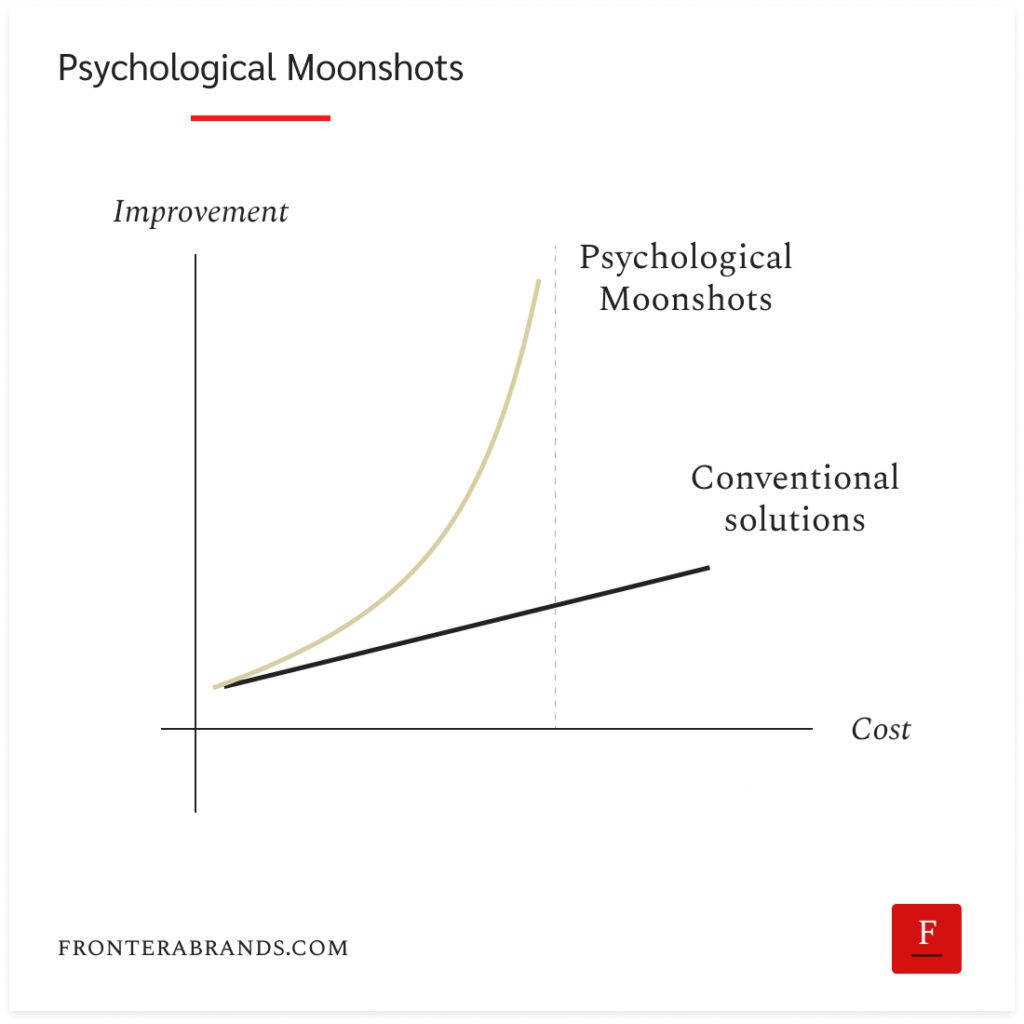Canadian police had a problem with rowdy clubbers in the early 2000s.
They made a mess in the streets after the clubs got closed.
Shouting, fights, vandalizing…
Every single weekend.
People who lived in those neighborhoods begged the authorities to find a solution.
It wasn’t easy.
They tried closing clubs earlier — hoping it’d make people drink less.
But it had the opposite effect.
Clubbers started binge drinking as they knew clubs got closed early.
So everything got worse.
The police also tried putting in more shifts at night.
But it was costly for their limited budget.
And that didn’t make any significant change as there were only so many police that could cover all streets with clubs.
Inventing a new police weapon
So what did they do?
There was no way to avoid young people getting drunk.
And more police shifts were not a solution.
So they decided to change the approach.
And thought about why these young people caused trouble in the first place.
Yes, they were drunk.
But then why there were many more incidents on the streets than in the clubs?
Well, these drunk clubbers waited for taxis or buses to go home after leaving a club.
And they had nothing to do while waiting.
So they spent their excessive energy from alcohol shouting and vandalizing the streets.
If there was a way to keep them calm during that period…
Maybe the problem would be solved.
After framing the problem this way, one police officer came up with an ingenious idea.
Lollipops.
You know how a crying baby immediately gets calm with a pacifier?
The idea was to do the same with drunk clubbers.
So they partnered with a club as an experiment to give away free lollipops to everybody who leaves the club.
Result?
Clubbers were hungry after drinking and dancing for hours.
They happily took the free lollipops.
Now their mouths were busy.
So they couldn’t shout.
That meant fewer bravados that led to street fights.
And no more vandalism as they were focused on lollipops.
So the problems on that street magically disappeared overnight.
Lollipops cost a few cents each.
And it was nothing compared with the savings from reduced police shifts and vandalism.
The police extended the campaign to all clubs.
It became such a big success, even other countries like the UK and Ireland followed the example of the Canadian police.

Shooting for the moon, but with psychology
Now, who would have thought lollipops could be an effective police weapon?
But that’s how psychological moonshots work.
Rory Sutherland coined the term in his book Alchemy.
Instead of trying to solve a problem with conventional logic, you reframe the problem.
And try to find a psychological solution that will give you a drastic improvement.
He gives the example of Uber.
One of the biggest reasons Uber succeeded was its map.
Uber waiting times were the same as taxis.
Sometimes even longer.
But people were able to track the drivers on the map.
With a normal taxi, you don’t know when it’s going to arrive.
Will it arrive in 2 minutes before you are ready?
Or will it arrive in 20 minutes so you can drink one more coffee?
That’s frustrating.
So Uber improved the experience drastically not by reducing waiting times — which is hard and costly.
But by reducing uncertainty for the users.

Where does the “psychological moonshot” name come from?
Now you might ask.
Why call it a psychological moonshot?
Well, the name comes from moonshot thinking.
Google has a company called X that tries to find exponential solutions to big problems.
Like solving the energy problem by creating clean fuel from seawater.
So they don’t chase minor improvements.
They chase “moonshots” that will eradicate the problem for good.
X’s CEO Astro Teller explains the philosophy in one sentence:
“It’s easier to make something 10x better than to make it 10% better.”
But let’s be honest.
Engineering is expensive.
And the problems we deal with are simpler.
So psychological moonshots are more practical — whether to increase sales of a product or reduce churn.
Because they are cheap.
But how can you intentionally find psychological moonshots?
I’ll give you a toolbox of frames.
So you can use them to reframe the problems you face in business.
7 Frames to Find Psychological Moonshots In Your Business
1. Friction/effort frame
“Can I solve this problem by changing the friction/effort?”
Here’s an example.
One of the most important metrics for streaming services is time spent on the platform.
So Netflix engineers came up with the auto-play idea (here’s its story from an engineer that worked on it).
You know how it works.
It only saved a few seconds for the users to go to the next episode.
But it drastically increased watch time.
Now the opposite can also work depending on your product.
Sometimes you can increase sales by making it harder to buy for customers.
Waitlists, application forms, references, etc.
Luxury products use it often.
2. Anxiety frame
“Can I solve this problem by reducing anxiety?”
We’ve talked about how a construction company realized most people were not buying condos because of the anxiety of moving.
When they introduced moving services and storage facilities, sales (and average revenue per customer) exploded.
3. Uncertainty/risk frame
“Can I solve this problem by reducing uncertainty or risk?”
We’ve talked about Uber’s map.
Another example is a “30-day refund guarantee” on purchases.
Whoever invented that to increase sales was a genius.
4. Commitment frame
“Can I solve this problem by changing the required commitment?”
A simple example is “no credit card required” labels for free trials.
Less commitment = more conversions.
But sometimes you want to increase commitment.
Like a gym offer where they charge you a big amount at first.
And refund partially if you stick with the classes.
Higher commitment = better results = more future sales.
5. Joy/excitement frame
“Can I solve this problem by increasing joy/excitement?”
Remember the peak-end effect?
We’ve talked about how Double Tree delights customers with a warm cookie to increase customer satisfaction.
Positive memorable moments can bring you exponential benefits with little cost.
6. Achievement frame
“Can I solve this problem by increasing the sense of achievement?”
Some health organizations send text messages to blood donors when their blood is used by a patient.
Again, it’s simple.
But a person who receives that message is more likely to donate blood again.
Another example can be increasing employee commitment by regularly letting them know about positive customer feedback.
Knowing your work is meaningful can be more motivating than anything else.
7. Boredom frame
“Can I solve this problem by reducing boredom?”
It’s a known story.
When the skyscrapers were new in New York, people hated the long wait times in the elevators.
The obvious solution was to make them faster.
But it was expensive.
And sometimes not even possible with the technology of that time.
So somebody found the ingenious solution of putting mirrors into elevators.
We all like looking at ourselves.
So long wait times didn’t matter anymore.
Another example can be Duolingo.
Learning something new is difficult.
And that triggers boredom for most people.
So they made language learning 90% less boring with gamification.
And millions of people have started learning new languages.
–
Moral of the story?
When everybody is chasing incremental improvements (with more resources), look for psychological moonshots.
And remember.
Sometimes you don’t even need to fix the problem, you can make it unimportant.
–
Enjoyed this article?
Then you’ll love the How Brands Win Newsletter.
Get the “5 Mental Models to Differentiate Your Business” guide when you join. It’s free.
